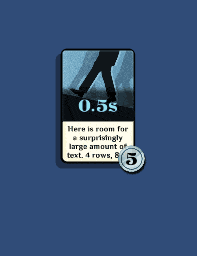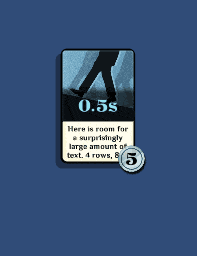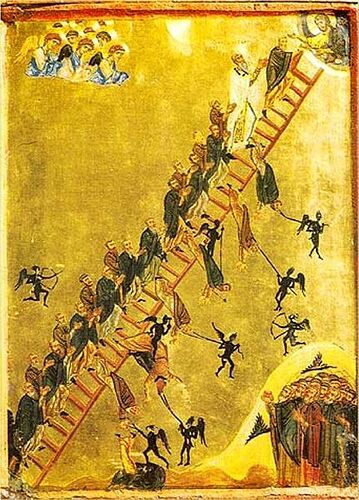More details on Cultist Simulator features and gameplay: combat, exploration, and the legacy system. Perhaps the biggest takeaway is that when the Kickstarter ends, Alexis is planning to look at ways he can make the game more narratively and visually interesting with the additional funding he has received.
Alexis Kennedy, Blood, Roads, Memory
A backer messaged me with a bunch of good questions, so I thought I’d share the answers more widely.
“Will there be direct combat (or at least as direct one can be against eldritch antediluvian evil)? If not weapons against enemy cultists and authorities, perhaps rituals and rites to battle and defend against horrors?”
Not combat combat, not hit rolls and damage points, but there is opposition, yes. In the prototype, it’s really simple – you can suffer a Malady which will chew up your health, or you can be under investigation by the Suppression Bureau, which will end the game unless you can divert it with bribes or scapegoats. In the finished version, these will be slightly livelier antagonists, like Investigators and Detectives and Hauntings, or your own problems, like Appetites and Nightmares. The key thing is that this runs at war-of-occultists speed, not action-movie speed. You’ll need to lay your plans – or conduct your protective rites – and wait for them to take effect.
“How expansive will the world of Cultist Sim be in terms of locations and exploration? More of a “stay around town, discover its dark secrets” or will we be going off to explore distant ancient ruins and hamlets to summon entities and gather knowledge? I guess, will it be more Fallen London or more 80 Days?”
It’s more Fallen London than 80 Days; you are conducting operations from your study. But there will be distant locations. Whether you go there in person or not is still something I’m considering.
At the moment, the plan is that you dispatch followers to find locations (the Tomb of the Amethyst Imago, or the Wreck of the Christabel, e.g.) and break into them, and they bring you back stuff. In the prototype, you do this with Strathcoyne’s Library, and it’s very simple, but ultimately I want multi-stage situations with varying outcomes. You’ll need maps or clues to find the things; you might try multiple approaches to solve obstacles; you might have to deal with the ramifications, like curses or vengeful rivals.
But one of the ideas I was turning over – which has just become much more likely now that we’re better-funded – is that your office moves. It’s always exciting in something like Elder Sign: Omens to see the board change. So if you travelled to Rome or Cairo, the scenery might change, along with the local rules. I’ve also considered making your starting city one of the variant start conditions that come with different legacy options. All this is speculative at the moment! After September, I’ll sit down and plan the final scope. But it is one of the ideas I like more.
“How in depth will the legacy system be? Basically like Sunless Seas, or more complex? Sins of the father tend to be a common theme in gothic and lovecraftian horror…”
More complex. It’s the first major feature on my list once the KS is complete, because I want to start playtesting it with that in place – it will change the rhythm of the game quite considerably (for the better, I think). I expect there to be a low-double-digits total number of legacy choices, of which the player usually sees three at any given time. The structure of CS lends itself more naturally to a more elaborate and extensible legacy system than Sunless Sea. A legacy just provides some flavour and gives you some different starting cards (including ones which may make your life difficult) – there isn’t a chart to hide or stats to tweak. But one of the things I’d like to keep from SS, if I can, is to allow players to inherit a single specific thing, like a book or a tool, so you can pass your journal down through the notional generations.
.
edited by Anne Auclair on 9/12/2017



